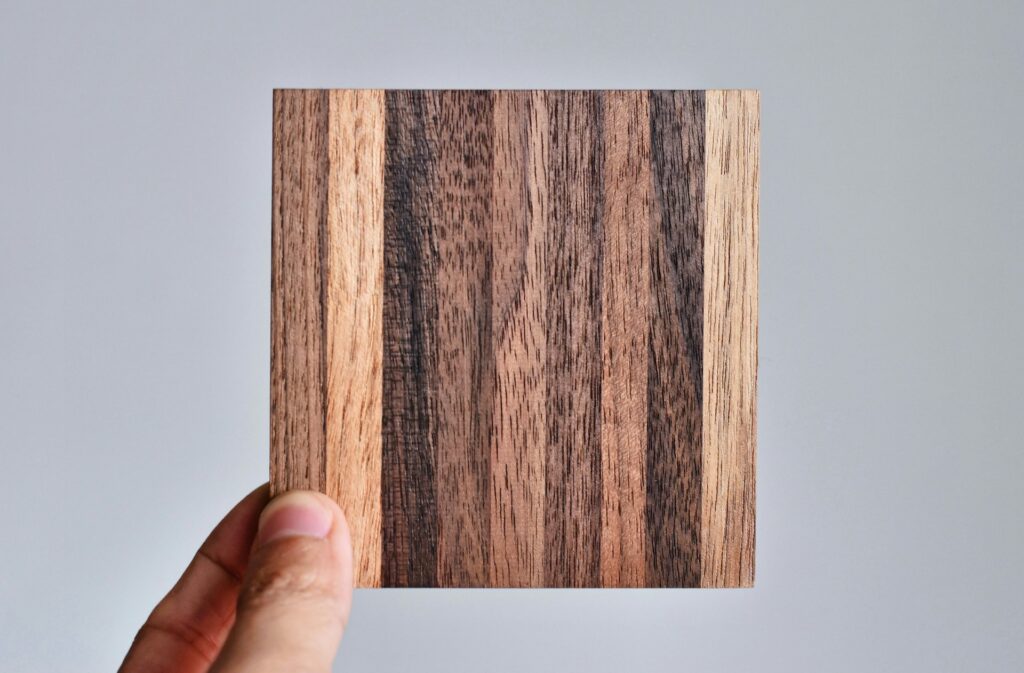Indonesia is one of the world’s leading sources of wood furniture, supplying premium teak, mahogany, and rattan to global buyers. Beyond the country’s resource advantage, Indonesia enforces strong certification systems and blends artisan craftsmanship with modern factory capabilities. This guide outlines what makes Indonesian wood furniture unique, how compliance builds buyer trust, and what to look for when sourcing.
1. Why Indonesia for Wood Furniture?
Indonesia consistently ranks among the top 20 furniture exporters worldwide. Its strengths include:
- Abundant resources: Access to legally sourced plantation teak, mahogany, and sustainable rattan.
- Skilled craftsmanship: Jepara, known as the World Carving Centre, produces furniture with artisanal detail and global appeal.
- Export readiness: Established trade infrastructure and container-scale production capacity (Furniturenesia).
2. Types of Indonesian Wood Furniture
- Teak Furniture – Highly durable and weather-resistant, making it ideal for outdoor use. (ITTO)
- Mahogany Furniture – Dense, smooth-grained wood favored for indoor applications.
- Hardwood Blends – Plantation-grown species like mindi and acacia, offering sustainable alternatives.
- Rattan Furniture – Lightweight, flexible, and renewable, used widely for indoor and outdoor design.
3. Certification and Compliance
Global buyers often prioritize sourcing transparency. Indonesia enforces:
- SVLK (Sistem Verifikasi Legalitas Kayu) – Mandatory certification ensuring timber legality for all exports (FLEGT.org).
- FSC® Certification – Optional but increasingly demanded in EU and US markets.
- BSCI & ISO Standards – Adopted by larger factories serving hospitality and retail clients.
For importers, these certifications reduce compliance risks and build trust with end customers.
4. Production Lead Times and Scaling
- Typical production cycles: 70–90 days per container.
- Hybrid workflows: CNC machinery for precision + hand-finishing for design flexibility.
- Strong logistics: Proximity to Semarang, Surabaya, and Jakarta ports ensures smooth exports (Republic Furnitures).
5. What Buyers Should Evaluate
Before partnering with an Indonesian manufacturer, buyers should:
- Request certification proof (SVLK, FSC®).
- Inspect samples for joinery, finishing, and moisture control.
- Confirm lead times and production scalability.
- Assess communication flow, QC reporting, and after-sales service.
Buyer’s Checklist Table
| Evaluation Point | Why It Matters |
|---|---|
| Certifications (SVLK/FSC®) | Ensures legality and credibility |
| Material Selection | Impacts durability and cost |
| Production Lead Time | Aligns with procurement schedules |
| QC Systems | Guarantees consistency across orders |
| Export Logistics | Reduces delays and hidden costs |
FAQ
Q: Why is Indonesian teak furniture so popular?
A: Teak from Indonesia is plantation-grown, SVLK-certified, and naturally weather-resistant, making it a reliable choice for outdoor furniture.
Q: How does Indonesian furniture compare to Vietnam or China?
A: While Vietnam often offers faster lead times, Indonesia’s advantage lies in resource sovereignty and mandatory timber legality certification.
Q: What’s the minimum order size for most Indonesian factories?
A: MOQs vary, but container-scale orders (typically 20–40 ft containers) are standard for export-focused manufacturers.
Q: Are Indonesian manufacturers suitable for custom furniture projects?
A: Yes — many factories combine machine precision with artisan detail, allowing flexibility in design while still scaling production.

